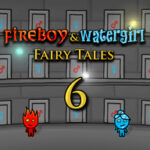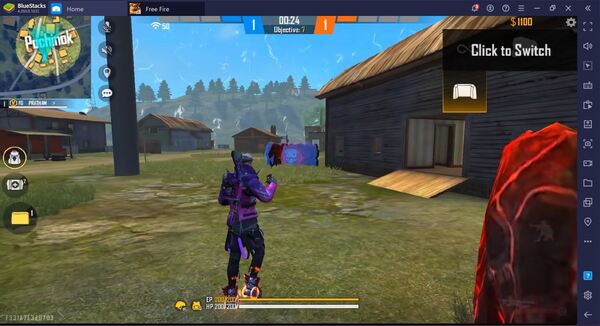
Pacing and Scares in R.E.P.O.
All trademarks belong to their respective owners.
Advertisement
Popular Now
Horror games thrive on tension, pacing, and well-timed scares, and few titles execute this as effectively as *R.E.P.O.* This review will dissect how the game balances dread and excitement while examining whether it lives up to its claim of being a genre-defining experience. From slow-burn suspense to heart-stopping jump scares, we’ll explore every facet of its horror design.
1. Introduction to R.E.P.O.’s Horror Framework
At its core, *R.E.P.O.* is a psychological horror game that relies on atmospheric tension rather than cheap thrills. The developers’ claim of crafting a "nerve-wracking yet intelligent horror experience" sets high expectations. Does it deliver? Our review begins by analyzing its foundational elements.
The game’s pacing is deliberately slow in the opening act, lulling players into a false sense of security. This methodical approach ensures that when the scares arrive, they hit harder. Unlike many horror titles that bombard players with constant threats, *R.E.P.O.* understands the power of anticipation.
2. The First Hour: Building Dread
Latest Posts
Latest Reviews
-
 Bloons TD 6
Bloons TD 6 is a vibrant and engaging tower defense game offering strategic depth, diverse towers, and a strong community, making it a must-play for fans.
Read full review
Bloons TD 6
Bloons TD 6 is a vibrant and engaging tower defense game offering strategic depth, diverse towers, and a strong community, making it a must-play for fans.
Read full review
-
 Five Nights at Freddy’s
Welcome to your new summer job at Freddy Fazbear's Pizza, where kids and parents alike come for entertainment and food as far as the eye can see! The main attraction is Freddy Fazbear, of course; and his two friends. They are animatronic robots, programmed to please the crowds! The robots' behavior has become somewhat unpredictable at night however, and it was much cheaper to hire you as a security guard than to find a repairman.
Read full review
Five Nights at Freddy’s
Welcome to your new summer job at Freddy Fazbear's Pizza, where kids and parents alike come for entertainment and food as far as the eye can see! The main attraction is Freddy Fazbear, of course; and his two friends. They are animatronic robots, programmed to please the crowds! The robots' behavior has become somewhat unpredictable at night however, and it was much cheaper to hire you as a security guard than to find a repairman.
Read full review
-
 Team Fortress 2
Read full review
Team Fortress 2
Read full review
-
 Schedule I
Read full review
Schedule I
Read full review
-
 Pacing and Scares in R.E.P.O.
Read full review
Pacing and Scares in R.E.P.O.
Read full review
-
 Call of Duty
The Call of Duty franchise has been a cornerstone of the gaming industry for nearly two decades. Known for its intense first-person shooter gameplay, gripping narratives, and groundbreaking multiplayer modes, the series has amassed a massive fanbase worldwide.
Read full review
Call of Duty
The Call of Duty franchise has been a cornerstone of the gaming industry for nearly two decades. Known for its intense first-person shooter gameplay, gripping narratives, and groundbreaking multiplayer modes, the series has amassed a massive fanbase worldwide.
Read full review































